What's better than growing your own produce right at home? Most fruit trees are easier to grow than you might think; when planted in a container, cultivars that bear lemons, oranges, avocados, or bananas can thrive as they are more protected from pests, harsh winds, freezing temperatures, and more.
Of course, for the best results, you will likely need to move your tree outdoors during the warmer months in your region, but its container will make it easy to transport, water, and watch for signs of disease. There are a few different ways to grow a fruit tree, though the easiest method is buying one that is already partially grown. You can raise most of them from seeds, but they may not turn out to be the ones you expected to see, as noted by PennState Extension.
After you've brought home one or more of your favorite fruit trees, care is relatively simple. As a general rule, they need bright sunlight, warm temperatures, and plenty of room to grow. Take a look at our collection of fruit trees you can grow in your house for some ideas and more specific growing requirements.
1. Lemon tree
Lemon trees (Citrus limon) are commonly grown, low-maintenance, evergreen plants with numerous cultivars kept indoors and outdoors around the world, according to Purdue University. However, every type of lemon tree is sensitive to the cold, and they cannot be successfully grown as perennial trees in any USDA growing zone with temperatures that drop below 20 degrees Fahrenheit in the spring, fall, or winter.
Bloom Season: Spring
USDA Growing Zone: 8 to 11
Growing Conditions: Bright direct or indirect light
Soil Type: Well-draining potting mix
Size: 10 to 20 feet tall
2. Dwarf nectarine tree
Dwarf nectarine trees (Prunus persica var. nectarina) produce small peach-like fruit that is sweet and smooth-skinned, as per Missouri Botanical Garden. The short tree can be identified by its pink flowers and arching skinny leaves. Grown in a container, the dwarf nectarine cultivar does quite well. You may move it outdoors onto your porch during the summer and spring.
Bloom Season: Spring
USDA Growing Zone: 6 to 9
Growing Conditions: Bright direct or indirect light
Soil Type: Well-draining potting mix
Size: 4 to 6 feet tall and wide
3. Fig tree
Common fig trees (Ficus carica) are grown both for their fruit and ornamental use. They feature attractive foliage that is described as large, palmate, and hairy by Missouri Botanical Garden. In the spring, the tree also produces small green flowers that give way to edible fruit known as figs. This fruit is recommended for use in salads, desserts, and charcuterie boards, or it can be dried or turned into jam.
Bloom Season: Spring
USDA Growing Zone: 7 to 9
Growing Conditions: Bright indirect light
Soil Type: Well-draining potting mix
Size: 2 to 3 feet tall and wide
4. Lady finger banana tree
Lady finger banana trees (Musa acuminata colla) are also known as dwarf banana trees. They grow small enough for you to keep them inside your home year-round, but they benefit from spending some days outdoors when it is warm. According to Plants For A Future, this cultivar prefers high humidity and plenty of regular watering.
Bloom Season: Summer
USDA Growing Zone: 10 to 12
Growing Conditions: Bright to medium indirect light
Soil Type: Well-draining potting mix
Size: Up to 9 feet tall
5. Acerola shrub
The acerola shrub (Malpighia glabra) produces the Barbados cherry, known for its tart flavor and high vitamin C content. As told by The University of Florida IFAS Extension, this cultivar can grow large, but it is easy to maintain a short stature when kept in a container. It can be grown indoors or outdoors, but you should provide it with a warm environment during the winter.
Bloom Season: Summer
USDA Growing Zone: 9 to 11
Growing Conditions: Bright indirect light
Soil Type: Well-draining potting mix
Size: 10 to 12 feet tall and 10 to 15 feet wide
6. Key lime tree
The key lime tree (Citrus aurantiifolia) is a hybrid species that yields sour, oval-shaped fruit in the summer. Though the large shrub is typically grown as a landscape plant, it also does well in containers. As mentioned by The University of Arizona, key lime trees grow best in a warm and moist environment, where they are protected from wind and freezing temperatures.
Bloom Season: Spring to late summer
USDA Growing Zone: 10 to 11
Growing Conditions: Bright direct light
Soil Type: Well-draining potting mix
Size: 11 to 15 feet tall and 6 to 10 feet wide
7. Avocado tree
Avocado trees (Persea americana) are popular broadleaf evergreen specimens that are extremely easy to grow from a seed in your own home. Yet, these trees develop slowly. If you want a fruit-bearing cultivar earlier, you'll need to buy yours from a nursery. The University of Florida IFAS Extension notes that avocado trees' fruit becomes ripe in the spring and summer.
Bloom Season: Winter and spring
USDA Growing Zone: 9 to 11
Growing Conditions: Bright indirect or direct light
Soil Type: Well-draining potting mix
Size: 30 to 40 feet tall and 25 to 35 feet wide
8. Passion fruit tree
Passion fruit trees (Passiflora edulis) are not technically trees. They are woody, climbing perennial vines that show off flowers and fruit in the warmer months. As warned by Purdue University, the soil under a passion fruit tree should not be dry. The cultivar needs to be continuously watered for the best fruit and flower production.
Bloom Season: Spring and summer
USDA Growing Zone: 10 to 12
Growing Conditions: Bright indirect light
Soil Type: Well-draining potting mix
Size: 10 to 15 feet tall and 3 to 5 feet wide
9. Calamondin orange tree
Calamondin orange trees (Citrus x microcarpa) can be wonderful additions to your indoor garden as their leaves and flowers are fragrant, and their fruit is deliciously sweet. Native to the Philippines, the evergreen orange tree needs warm temperatures and some indirect light, as noted by the Royal Horticultural Society.
Bloom Season: Spring and summer
USDA Growing Zone: 10 to 11
Growing Conditions: Bright indirect light
Soil Type: Well-draining potting mix
Size: Up to 13 feet tall
10. Ground cherries
Ground cherries (Physalis pruinosa), also called tomatillos, strawberry tomatoes, and husk tomatoes, are popular garden plants that may also be grown indoors if your climate is too cold or hot. If you are familiar with growing common tomatoes, cultivating ground cherries will be easy because their care requirements are nearly identical, as The University of Florida IFAS Extension notes.
Bloom Season: Spring
USDA Growing Zone: 4 to 8
Growing Conditions: Bright direct or indirect light
Soil Type: Well-draining potting mix
Size: 2 feet tall
11. Olive tree
Olive trees (Olea europaea) are known for their small, edible fruit used on tacos, pizza, and vegetable platters. As North Carolina State Extension explains, these cultivars make good indoor container plantings that add life to any room. Even when they are kept small, they still produce fruit that can be harvested in the fall.
Bloom Season: Summer
USDA Growing Zone: 8 to 10
Growing Conditions: Bright direct or indirect light
Soil Type: Well-draining potting mix
Size: 20 to 30 feet tall
12. Kumquat tree
The kumquat tree (Fortunella spp.) is a slow-growing tree that will reach about 15 feet tall at maturity when grown outdoors, though it is much smaller grown indoors. This compact plant produces a citrus fruit that can be used in several different ways; however, the most common recipe you can find it used in is kumquat marmalade, according to Purdue University.
Bloom Season: Summer and fall
USDA Growing Zone: 8 to 11
Growing Conditions: Bright indirect light
Soil Type: Moist and well-draining potting mix
Size: 8 to 15 feet tall
13. Miracle berry tree
Miracle berry trees (Synsepalum dulcificum) can be recognized by their elongated leaves and small white flowers that appear as the weather warms. From these flowers, ellipsoid berries grow. These miracle berries are not typically eaten for their flavor, says Urban Tropicals. Instead, they are consumed for their ability to change the way you experience sour flavors. For example, after eating a miracle berry, lemon will taste like candy.
Bloom Season: Spring and summer
USDA Growing Zone: 10 to 11
Growing Conditions: Bright indirect light
Soil Type: Well-draining potting mix
Size: Up to 15 feet tall
14. Dwarf pomegranate tree
Dwarf pomegranate trees (Punica granatum 'Nana') are short, fruit-bearing trees that are not only grown for their pomegranates. These trees also boast bright red, trumpet-shaped flowers and lime green foliage. When growing a dwarf pomegranate tree indoors, make sure to provide it with direct sunlight, little water, and fertilizer every month, as suggested by Missouri Botanical Garden.
Bloom Season: Mid- to late summer
USDA Growing Zone: 7 to 11
Growing Conditions: Bright direct light
Soil Type: Well-draining potting mix
Size: 2 to 4 feet tall
15. Coffee plant
Not everyone knows that you can grow coffee plants (Coffea arabica) at home. The upright shrubs do well in containers placed inside or outside. In the fall and winter, they produce deep red berries with seeds that are used for coffee. If you dry these seeds, they can be roasted and then ground to make the common hot drink, explains North Carolina State Extension.
Bloom Season: Spring and summer
USDA Growing Zone: 10 to 12
Growing Conditions: Bright indirect light
Soil Type: Rich, well-draining potting mix
Size: 6 to 15 feet tall and wide
"fruit" - Google News
August 19, 2022 at 06:47PM
https://ift.tt/74kWnOM
15 Indoor Fruit Trees You Can Harvest All Year Round - House Digest
"fruit" - Google News
https://ift.tt/vF1VySj
https://ift.tt/nOMIFqc
Bagikan Berita Ini
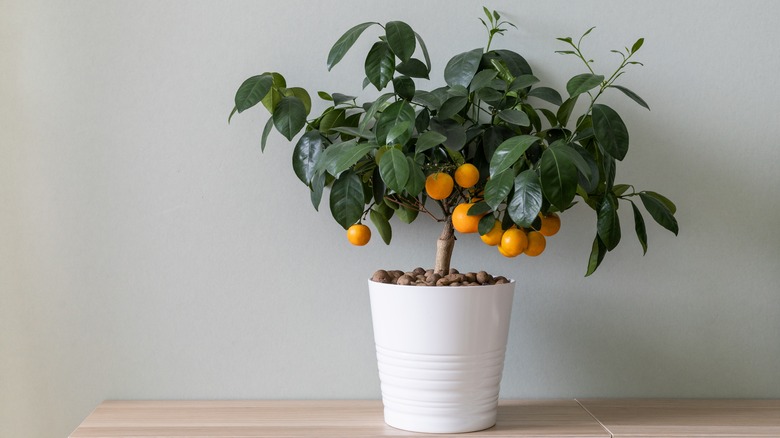
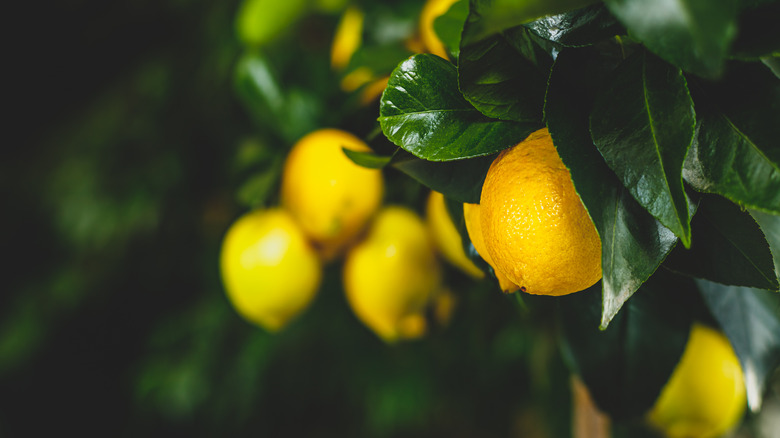
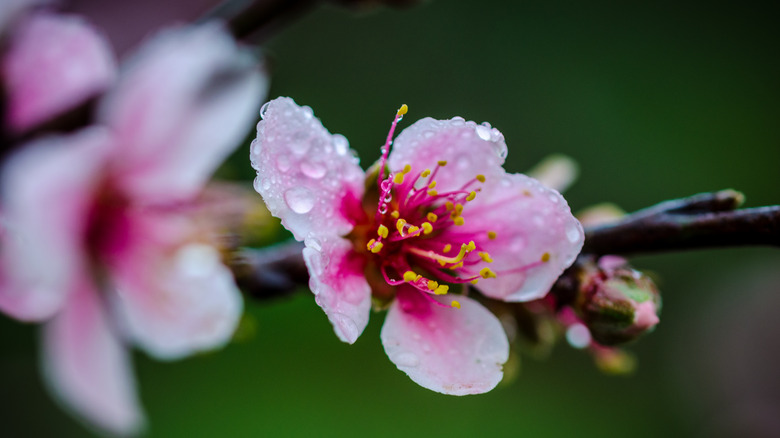
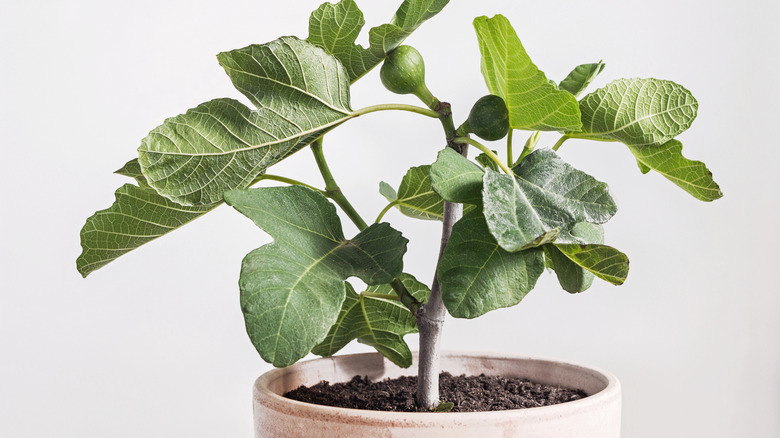
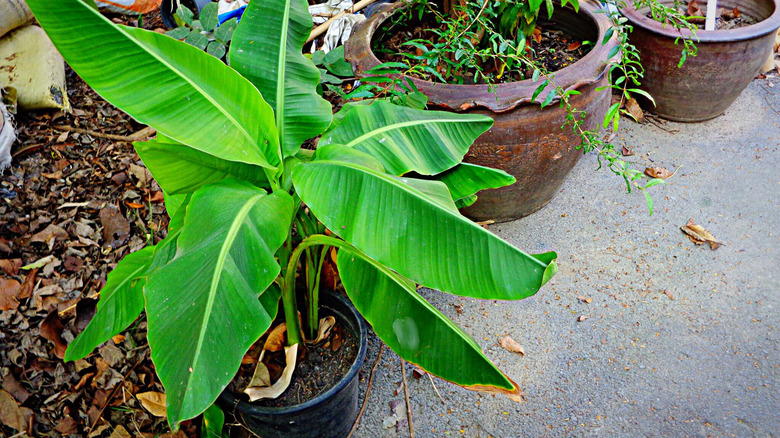
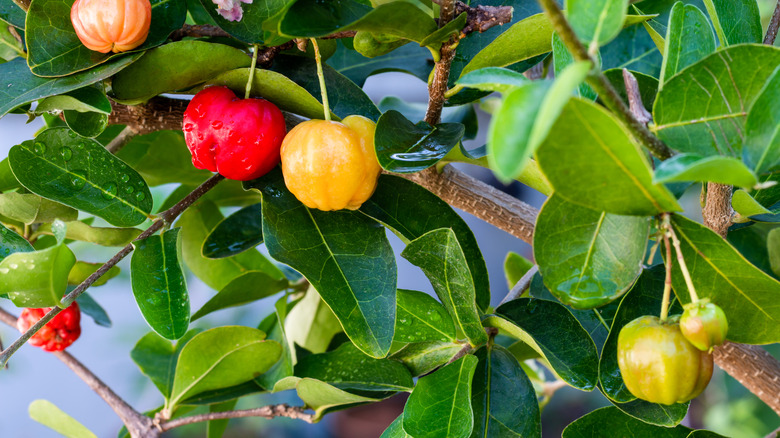
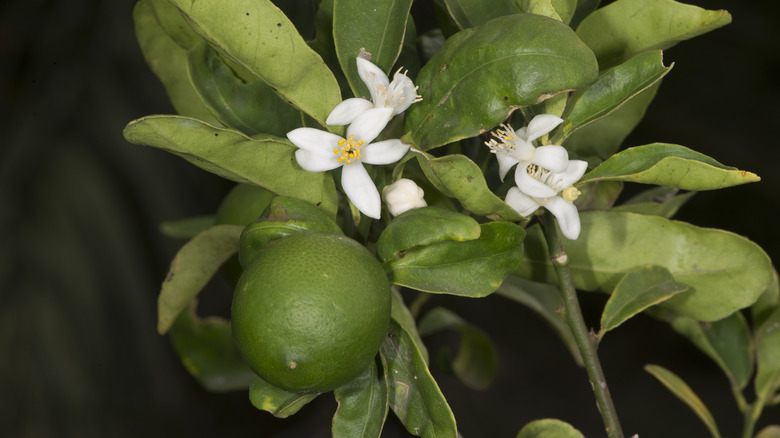
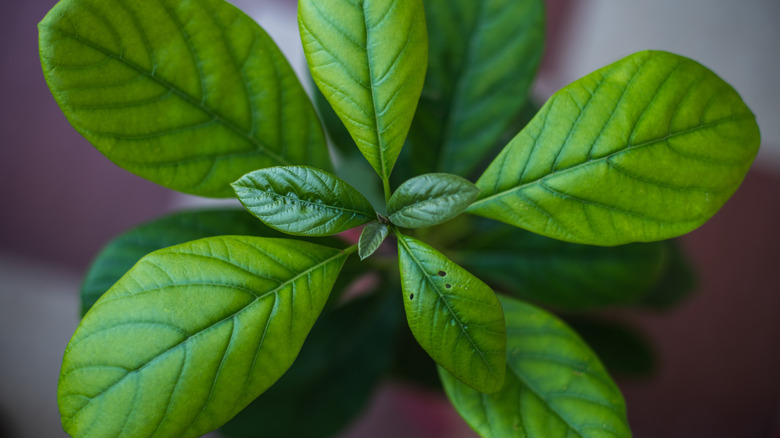
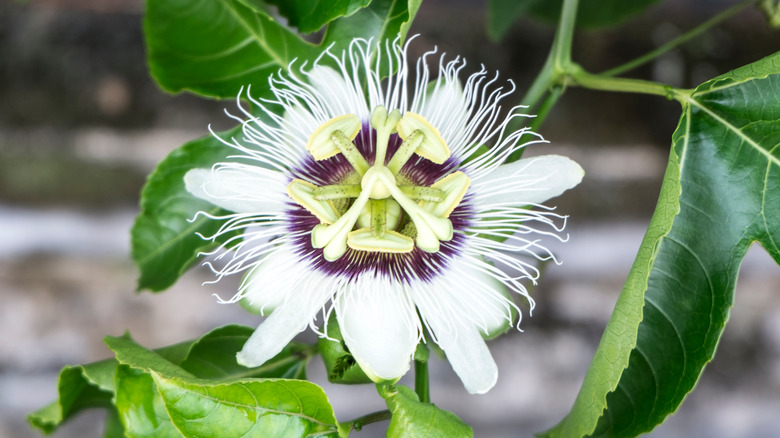
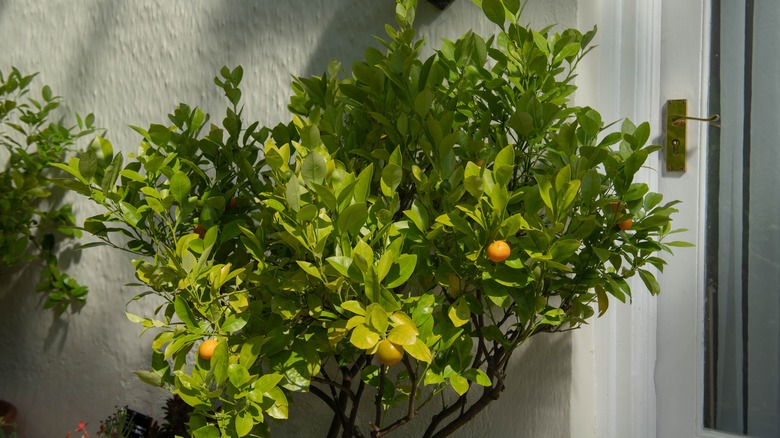
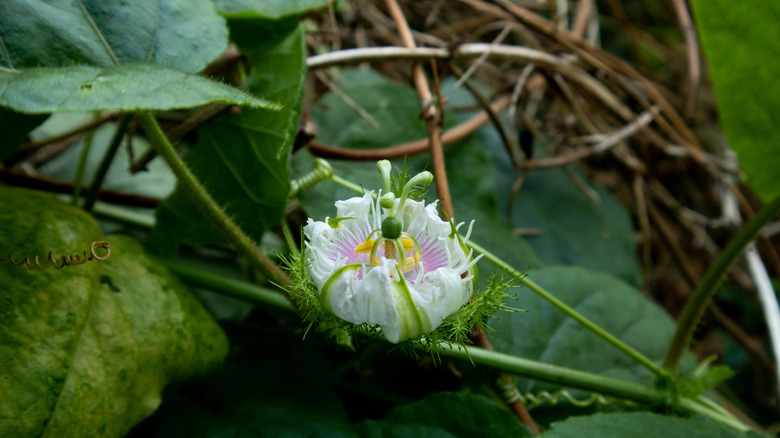
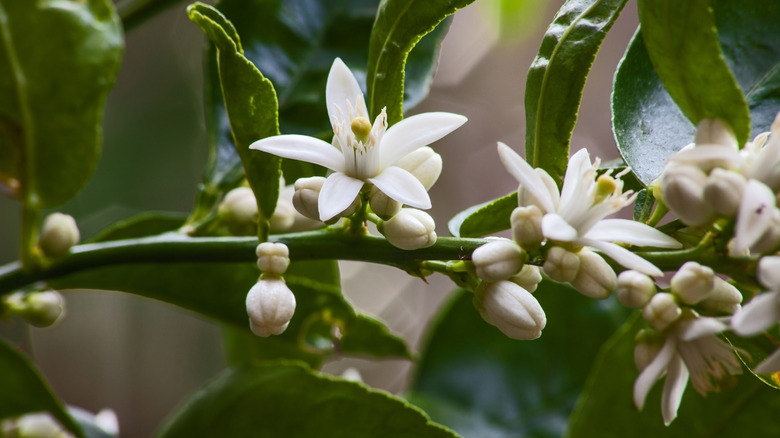
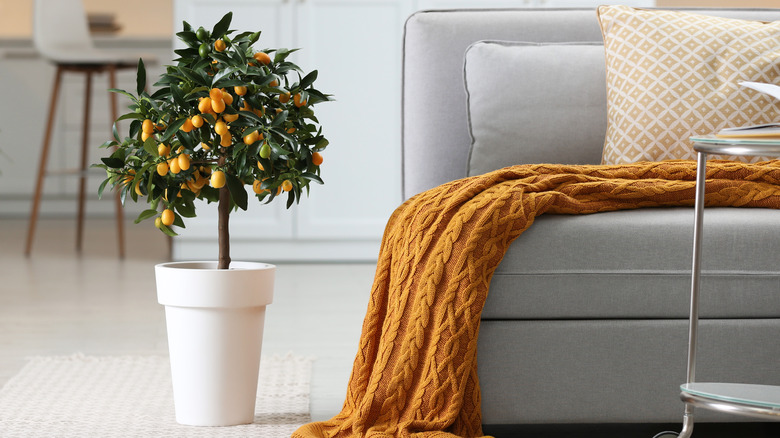
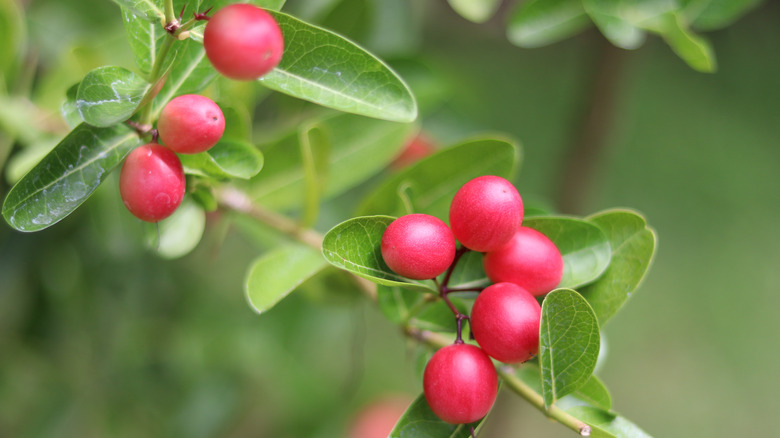
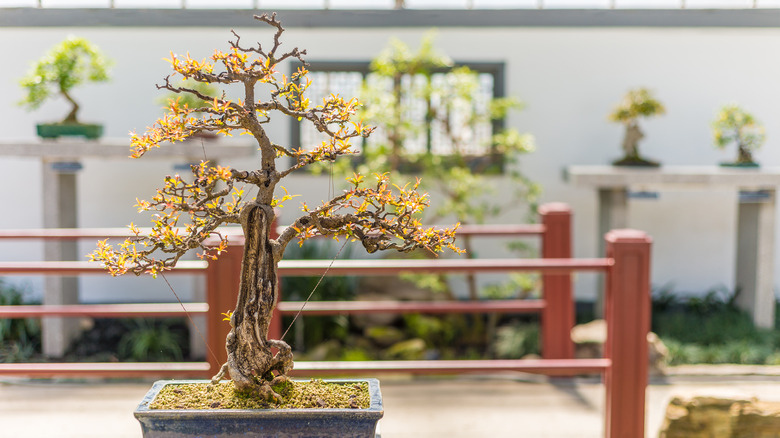
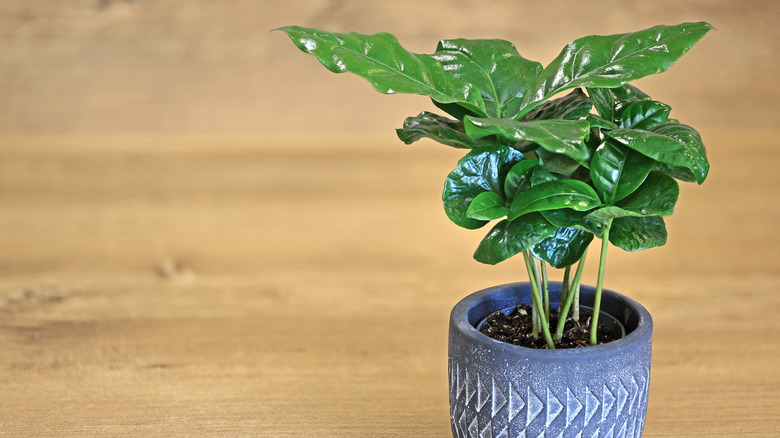















0 Response to "15 Indoor Fruit Trees You Can Harvest All Year Round - House Digest"
Post a Comment